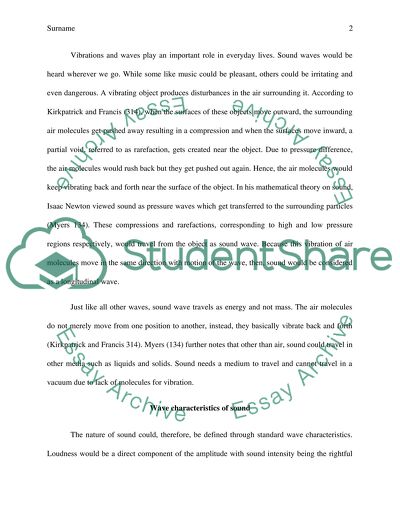Cite this document
(“Physics of Sound Essay Example | Topics and Well Written Essays - 1500 words”, n.d.)
Retrieved from https://studentshare.org/physics/1449689-physics-of-sound
Retrieved from https://studentshare.org/physics/1449689-physics-of-sound
(Physics of Sound Essay Example | Topics and Well Written Essays - 1500 Words)
https://studentshare.org/physics/1449689-physics-of-sound.
https://studentshare.org/physics/1449689-physics-of-sound.
“Physics of Sound Essay Example | Topics and Well Written Essays - 1500 Words”, n.d. https://studentshare.org/physics/1449689-physics-of-sound.


